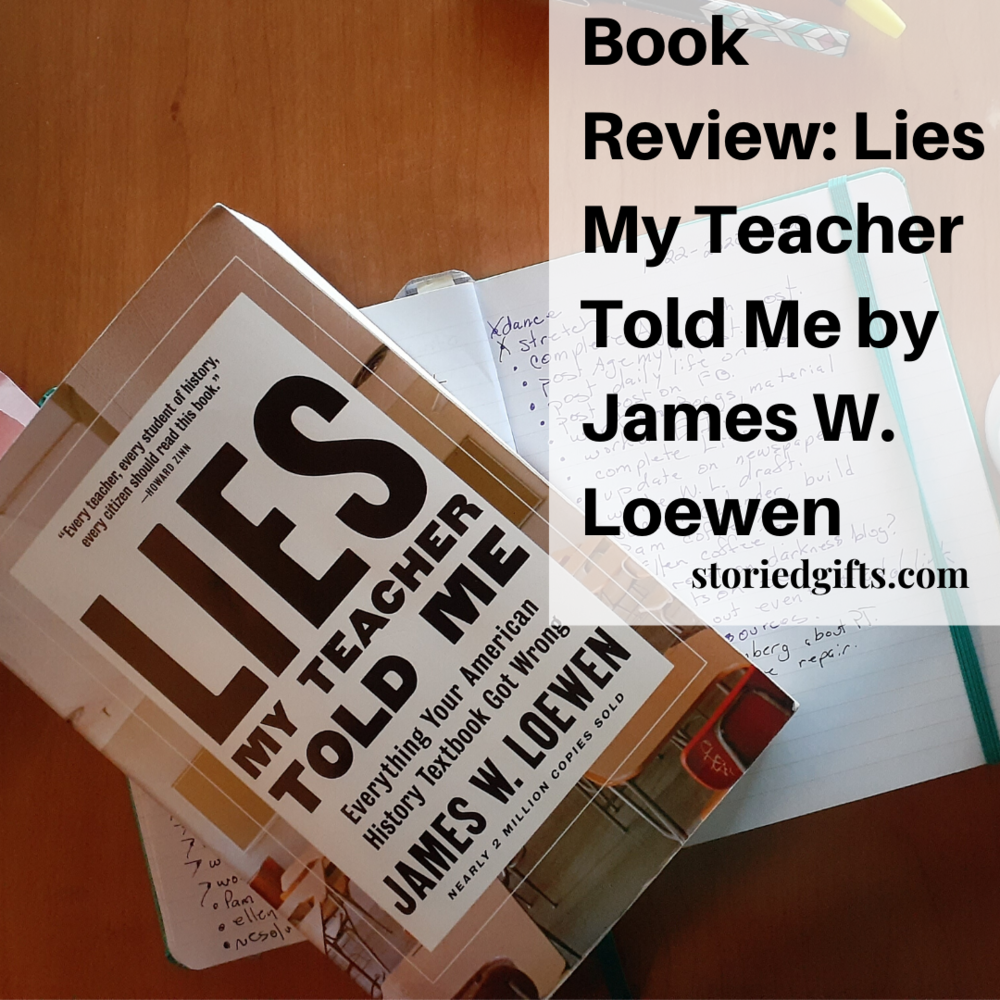Imagine a world where history is not merely a collection of dates and figures, but a vibrant tapestry woven from diverse narratives and perspectives. “Lies My Teacher Told Me” by James W. Loewen dares to approach the pedagogy of history from an audacious angle. It compels readers to question the truisms they were handed in school, unveiling the fallacies and oversights that permeate American historical education. This review will embark on an exploration of Loewen’s thought-provoking work, highlighting its implications for both educators and the broader public. Prepare yourself for a journey that promises a profound shift in perspective.
Loewen’s narrative begins with a simple premise: the American history curriculum is rife with inaccuracies and omissions that distort our understanding of the past. With meticulous research and an engaging style, he elucidates how textbooks are often the products of political maneuvering rather than factual recounting. The very essence of history—an objective examination of events—is diluted into palatable narratives that serve a conformist agenda. For anyone who has ever been captivated by the stories of yesteryear, the revelations presented in this book are nothing short of startling.
One of the most striking assertions Loewen makes is that textbooks sanitize complex historical events, glossing over uncomfortable truths. Consider the portrayal of Christopher Columbus. Many educational texts depict him as a valiant explorer, conveniently omitting the devastating impact his arrival had on indigenous populations. This whitewashing of his legacy cultivates a simplified version of history that sidesteps essential conversations about colonization and its repercussions. Readers are left to grapple with a disconcerting reality: the identities and experiences of entire cultures have been marginalized or erased in the pursuit of a more comfortable narrative.
Moreover, Loewen artfully extends his critique to the teaching methodologies employed in classrooms. He asserts that rote memorization stifles critical thinking abilities, leaving students ill-equipped to challenge the status quo. By prioritizing exams over engagement with the material, educators inadvertently perpetuate a cycle of ignorance. The book’s insights implore teachers to adopt a more dynamic approach to instruction, one that encourages inquiry and supports students in navigating the multifaceted nature of history. This introspection serves as a rallying cry for educators to shift their focus from mere content delivery to fostering an environment rich in discussion and exploration.
Loewen’s exploration doesn’t merely dwell on the past; it also incites a call to action for contemporary society. Lamenting the superficial understanding of American history, he presents a sturdy case for the necessity of developing a more nuanced perspective among citizens. He posits that public memory is often constructed in ways that bolster national pride while simultaneously neglecting darker, less palatable truths. Therein lies the crux of Loewen’s argument: a society ignorant of its own history is doomed to repeat its mistakes. By inviting readers to confront uncomfortable realities, he cultivates a sense of civic duty to pursue a deeper understanding of one’s heritage.
The book is equally poised to provoke reflection on the role of educators as gatekeepers of knowledge. As stewards of history, teachers wield significant influence in shaping how future generations perceive their past. This responsibility is not one to be taken lightly; the consequences of misrepresenting history can reverberate through time, affecting socio-political dynamics and cultural identities. Thus, Loewen undulates beyond mere critique and into the realm of solutions, advocating for curricula that reflect a multiplicity of voices. By embracing a more comprehensive representation of the past—one that includes women, people of color, and marginalized groups—educational systems can evolve into platforms for empowerment rather than oppression.
Crucially, “Lies My Teacher Told Me” is more than just a critique of textbooks; it serves as an affirmation of the power of storytelling. Loewen masterfully interweaves anecdotes and narratives that resonate with readers, illustrating the inherent drama and complexity of historical events. This storytelling approach transforms history into a living, breathing discipline, capable of evoking empathy and understanding. Rather than relegating historical figures to the annals of dry chronology, Loewen breathes life into them, presenting their triumphs, failures, and intricacies in a manner that captivates attention and stirs curiosity.
While “Lies My Teacher Told Me” may initially unsettle readers with its stark revelations, it ultimately instills a sense of hope. It encourages individuals to wrestle with their preconceptions and to seek out richer narratives that illuminate the multifaceted nature of the human experience. In a rapidly changing world, understanding history from multiple vantage points is not just beneficial; it is imperative. With each page, Loewen beckons his audience into a realm where history is not merely recounted, but actively interrogated and redefined.
As the final pages of the book turn, readers are left with a resounding message: it is not enough to consume history; it must be actively engaged with. “Lies My Teacher Told Me” serves not only as a horn of clarity but also as a catalyst for change. It ignites a flame of curiosity that propels us to question what we believe to be true and inspires us to cultivate a more inclusive narrative. As we endeavor to reconstruct the fragmented tapestry of history, let us embrace the challenge laid before us and undertake this journey of intellectual and emotional awakening.
